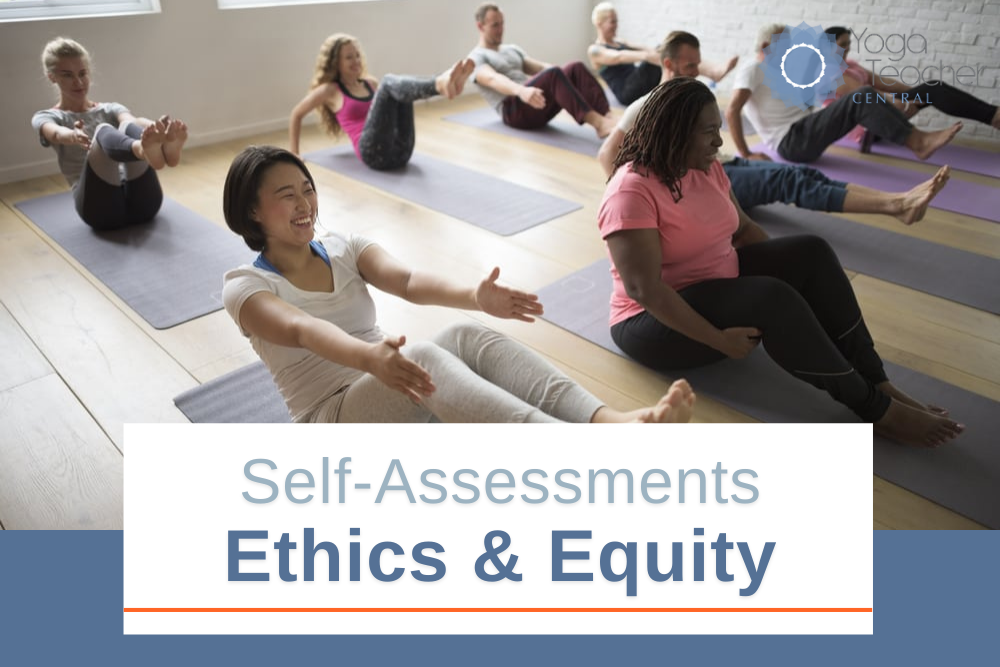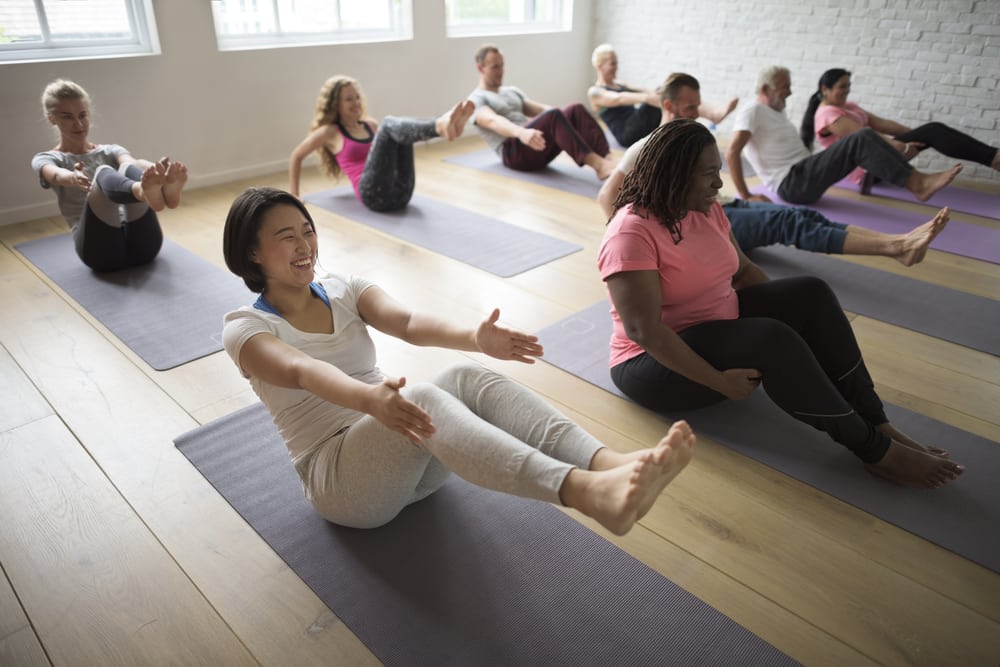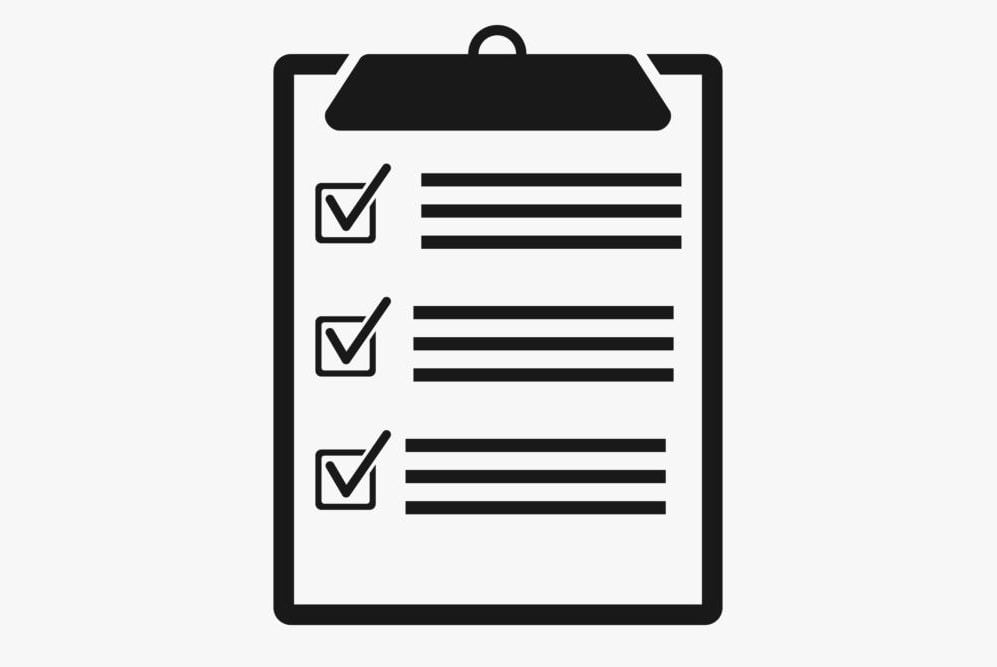
Introduction
Quickly assess your knowledge of Ethics & Equity Foundations, and identify gaps in your education. See below for assessments on these subjects:
- Teacher-Student Relationships & Ethics
- Equity in Yoga – Inclusion & Diversity
- Inclusive & Accepting Word Choice
- Cultural Appropriation & Cultural Exchange
- Body Positivity + Larger Bodies
Purpose
Offer a series of free quizzes for yoga teachers to:
- Provide an effective way to assess knowledge of each of the Teaching Knowledge Standards.
- Make it easy to self-assess privately, on your own time.
- Help teachers who identify educational gaps to bolster their knowledge with accessible and practical lessons.
More Self-Assessments
For more self-assessments, see the Standards & Self-Assessment Hub.
Teacher-Student Relationships & Ethics

Teaching Standard
Become knowledgeable about ethical factors in teacher-student relationships, including the likelihood of psychological transference, and reflect on how to wisely fulfill the responsibility of a teacher.
Assessment
- Discuss a foundation for the teacher’s focus.
- Teachers are advised against giving advice. What can they do instead?
- Describe how to wisely relate your own personal experience in the context of teaching.
- When students express gratitude for you or you teachings, or ask you about yourself, how might you respond?
- How likely is it that psychological transference happens in yoga classes?
Equity in Yoga – Inclusion & Diversity

Teaching Standard
Understand the factors that impact equity and diversity in yoga and become familiar with specific ways to mindfully and proactively address these factors.
Assessment
- Describe pop culture imagery of yoga.
- How does such imagery impact equity and diversity in yoga classes?
- We can acknowledge this divide and seek to counter it by reaching out to invite, welcome, and include all.
- How does the nervous system respond to such feelings?
- What causes students to feel safe or unsafe, included or excluded?
- Describe two fundamental goals of creating a safe space for all students.
- What small things can you do that will make a big difference in how individual students feel in your class?
- How can you go deeper in developing a healthy relationship with various cultures?
- What considerations may be particularly relevant when teaching women of color?
- Describe the topic of routine and change as it relates to supporting students in feeling relaxed.
- How might you walk the line between routine and change in a way that maximizes comfort, focus and growth?
- Cite specific ways you can build a diverse and inclusive community.
- What is an example of “tokenism” when creating and launching programs?
Inclusive & Accepting Word Choice

Teaching Standard
Become competent in choosing words that inspire an inclusive and accepting environment in which to practice yoga.
Assessment
- Dianne Bondy notes that the meanings of the words “minority” and “diversity” show us why to avoid the first word in favor of the second. Explain.
- It’s recommended that you avoid hierarchical and value-based wording. How can you identify any such tendencies in how you address STUDENTS?
- How can you identify hierarchical wording in how you speak about POSES?
- What does it mean to use invitational language? Does that equate to sounding wishy-washy?
- What very powerful, positive effects can come from using invitational language?
- Teachers are advised to take care to avoid judgment and, in contrast, to inspire self-love and acceptance. What are some considerations to help refine your ability to do so?
- How is disability related to diversity?
Cultural Appropriation & Cultural Exchange

Teaching Standard
Be aware of what cultural appropriation looks like; the historical context that explains the significance of honoring the roots of yoga; and how to mindfully and ethically do so.
Assessment
- What is cultural exchange or diffusion?
- Define cultural appropriation.
- Explain the difference between cultural exchange and cultural appropriation of yoga.
- Explain the vital significance of the roots of yoga.
- What does cultural appropriation of yoga look like?
- What is an example of rampant appropriation?
- For those who wish to honor yoga and the people who have kept it alive for our benefit, what values and behaviors can guide your choices?
Body Positivity + Larger Bodies

Teaching Standard
Be aware of perspectives and actions that can help to support students in having a body positive experience.
Assessment
- Describe philosophies and actions that you can take to support students in having a body-positive experience.
- In what way can trauma-sensitive teaching support body acceptance?
- How can teachers be authentic models of body positivity?
- In what way is yoga particularly apt for inspiring body positivity?
- What are some considerations related to attention and touch with students who have larger bodies?
- What is body dysmorphia? Name some characteristic beliefs and behaviors.

In a Nutshell
- The enrollment fee is $25 and is open to Yoga Teacher Central members, past members and non-members.
- Members receive current membership benefits plus additional benefits listed below.
- Enrollment in the Study Program qualifies you for lifetime YTC Teacher status.
Benefits
Enrolling in the Study Program gives you:
- A downloadable Knowledge Standards Lesson Guide to walk you through a structured study path toward certification.
- Selection of 5 downloadable lessons of your choice (from a library of nearly 500).
- Recognition as a YTC Teacher (for life; no expiration).
- Professional marketing kit for highlighting your YTC Teacher status on social media and your website.
- Excellent preparation for taking certification exams.
Members
- Your current membership gives you online access to not only thousands of pages of organized study and teaching knowledge, but also sequence breakdowns and teaching notes, theme plans, injury cheat-sheets, and so on.
- When you enroll in the Study Program, you get these additional benefits: a Knowledge Standards Lesson Guide, selection of 5 downloadable lessons of your choice, and a professional marketing kit for highlighting your YTC Teacher status on social media and your website.

See here for information about exams, badges and certification. Get links for each exam, and for a no-risk trial exam.
We think you’ll enjoy taking the exams. The questions are well-thought-out and the subject matter is quite engaging and significant for teachers. You’ll get an inspiring teaching after answering each question. At the end of the exam, you see a summary of wrong answers and the relevant teachings, giving you a personal study guide targeted to your needs.
This is an hour well-spent!









